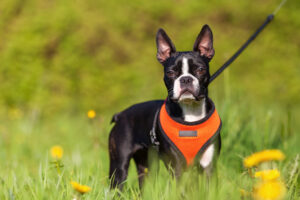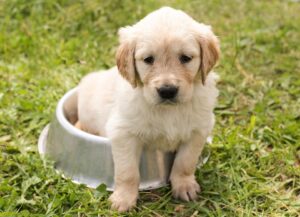Many pet owners have been exploring the benefits of switching their pets to raw food, such as better joint health, a shinier-looking coat, and a stronger immune system. As a result, the raw pet food market is continuously growing. It accounted for over $130 billion and is expected to reach about $195 billion by 2029. Despite its popularity, many pet owners are unaware of feeding guidelines, creating barriers to getting their dogs off kibble.
When you switch to raw food, you may have several questions about the process. A wealth of raw feeding information is available today, allowing you to make informed decisions during the transition. Follow this guide to provide your furry best friend with healthy raw recipes that help them grow and thrive.
Choose the Ideal Recipe
Although a wide range of recipes can benefit your four-legged companion, there is no one-size-fits-all solution for every pet. It’s important to explore different types of raw food to determine which one may be the best option for your pet.
Your recipe choice depends on various factors, such as type of pet (cat vs. dog), weight, and current protein preference. If you’re currently feeding kibble, what is its base protein? If it’s chicken, you may want to explore raw food recipes with chicken in them. If you have a new puppy or kitten, you may have to offer a few different recipes to determine which one they like. Start with raw chicken or turkey for puppies and kittens because they are leaner products, which may help them ease into raw.
After choosing a recipe, consider switching things up through rotational feeding. This involves changing the variety of proteins fed over time to provide optimal nutrition and allow your furry friend to enjoy different types of bowl-licking goodness.
Determine How Much to Feed
One of the first steps to feeding your pet raw food is learning how much to feed them, which can vary depending on numerous factors. Bold by Nature – a premium raw pet food company – recommends watching your pet’s body weight to adjust how much raw food to feed a pet and adjust amounts accordingly.
Other factors determining the right feeding amount are your pet’s life stage and activity level. If your four-legged friends are adventure seekers, they may need more food than a couch-potato-pooch that loves to relax at home. You will need to determine the feeding levels based on your pet’s weight and age and switch things up as they grow and become more or less active. For example, an average adult dog may need 2.5 percent food of their ideal body weight, whereas three months or younger puppy may need 8 percent of their current weight. The numbers will change as they grow and vary for cats or kittens.
Learn the Transition Process
The length of your pet’s transition process to raw food can depend on various factors, like their overall health, digestive issues, and how picky they are. If your pet is healthy and shows no sign of digestive issues, such as vomiting or loose stools, you can make a transition within a week. Make a slow switch by gradually offering raw food to your pet with each meal. Over the course of a few days, slowly decrease the amount of dry food and increase the amount of raw until your pet’s diet consists of 100 percent raw food. But remember to keep each feeding separate and avoid mixing kibble and raw as they are digested differently by both dogs and cats.
Educating yourself about the transition to raw food can help you become more comfortable with your pet’s diet. Once you’ve made the switch, keep an eye on the numerous benefits of feeding your four-legged friend raw food, such as shinier coats, cleaner teeth, and less poop to scoop!


















Be First to Comment